Amino acids are like Lego pieces that build proteins, which are essential for your body. There are many types of proteins, each with specific roles. They're made of long chains of amino acids, and the order of these acids determines their shape and what they do in your body.
What is Amino Acid
Amino acids are molecules, which contain two functional groups, one is carboxylic group and another is amino group. Amino acids are derivatives of carboxylic acids in which one hydrogen atom of carbon chain is substituted by Amino group.
Also Check: Baking Soda | Epsom salt | Glucose
Structure of Amino Acids
Certain of these (marked *) are the essential amino acids, which must be fed to young animals if proper growth is to take place, these particular amino acids evidently cannot be synthesized by the animal so, it has to be taken from the other materials in its diet.
We see that of all alpha-amino carboxylic acids, in two cases (proline and hydroxyproline) the amino group forms part of a pyrrolidine ring. This common feature gives the amino acids a common set of chemical properties, one of which is the ability to form the long polyamide chains that makeup proteins. It is on these common chemical properties that we shall concentrate.
In other respects, the structure of these compounds varies rather widely. In addition to the carboxyl group and the amino group alpha to it, some amino acids contain a second carboxyl group (e.g., aspartic acid or glutamic acid), or a potential carboxyl group in the form of a carboxamide (e.g., asparagine or glutamine), these are called acidic amino acids. Some contain a second basic group, which may be an amino group (e.g., lysine), a guanidine group (arginine), or the imidazole ring (histidine), these are called basic amino acids. Some of the amino acids contain benzene or heterocyclic ring systems, phenolic or alcoholic hydroxyl groups, and halogen or sulphur atoms. Each of these ring systems of functional groups undergoes its own typical set of reactions.
Amino acids are categorized as either neutral, acidic or basic, depending on the nature of their R groups. Aspartic acid and glutamic acids, each with a second CO2H in their side chain are acidic amino acids while lysine, arginine and histidine, each with a basic site in their side chain are basic amino acids. All others are neutral amino acids, which are further classified as polar and non-polar depending on whether their side chains have polar substituents (for example, asparagine with an NH2CO group) or are completely hydrocarbon in nature (for example alanine, valine etc).
Structure and Name of Amino Acid
| Formula | Name | Abbreviations | |
|---|---|---|---|
| Aliphatic amino acids |  |
glycine | Gly |
 |
alanine | Ala | |
 |
valine* | Val | |
 |
leucine* | Leu | |
 |
isoleucine* | Ileu | |
| Hydroxy-containing amino acids |  |
serine | Ser |
 |
threonine* | Thr | |
| Sulphur-containing
amino acids |
 |
cysteine | CySH |
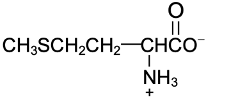 |
methionine* | Met | |
| Acidic amino acids |  |
aspartic acid | Asp |
 |
glutamic acid | Glu | |
| Amides of acidic amino acids |  |
asparagine | Asp(NH2) |
 |
glutamine | Glu(NH2) | |
| Basic amino acids |  |
lysine* | Lys |
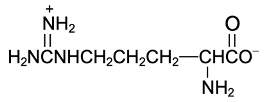 |
arginine* | Arg | |
| Benzene-containing amino acids | 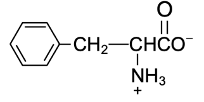 |
phenyl alanine* | Phe |
 |
tyrosine | Tyr | |
| Heterocyclic amino acids |  |
proline | Pro |
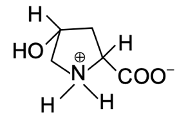 |
4-hydroxyproline | Hypro | |
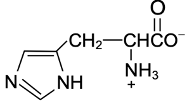 |
histidine* | His | |
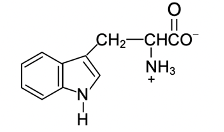 |
tryptophane* | Try |
Frequently Asked Questions
There are 20 amino acids that make up proteins in our bodies.
Amino acids are molecules that combine to form proteins, essential for many functions in the body.
The 5 main amino acids are glycine, alanine, valine, leucine, and isoleucine.
There are 21 amino acids including the 20 common ones and selenocysteine, which is less common.
Essential amino acids must come from food because our bodies can't make them. Nonessential amino acids can be made by our bodies.
Foods high in amino acids include meat, fish, eggs, dairy products, beans, and nuts.
Avocado is a fruit that is relatively rich in amino acids compared to other fruits.
Quinoa is a vegetable (actually a seed) that contains all 9 essential amino acids, making it a complete protein source.